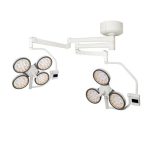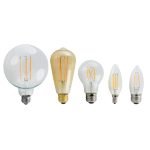Troubleshooting Guide: How to Fix Buzzing LED Lights When Turned On
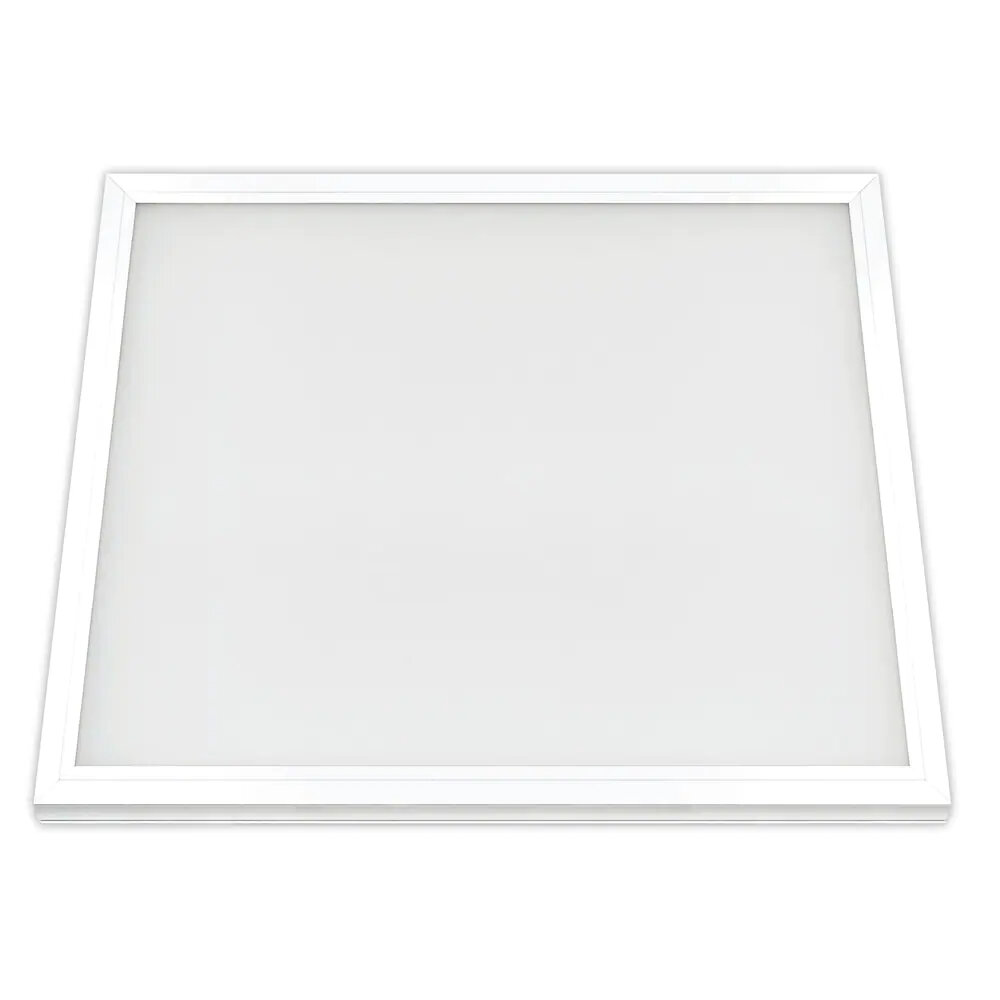
LED lights have become increasingly popular due to their energy efficiency, long lifespan, and bright illumination. However, one common issue that people encounter with LED lights is a buzzing sound when turned on. This buzzing can be annoying and distracting, especially when trying to relax or focus on something. Fortunately, there are several troubleshooting steps you can take to fix buzzing LED lights and enjoy a peaceful, quiet environment. The buzzing sound from LED lights can be caused by a variety of factors, including poor wiring, incompatible dimmer switches, or faulty bulbs. It’s important to identify the root cause of the problem before attempting to fix it, as the solution may vary depending on the issue. In this troubleshooting guide, we will provide step-by-step instructions for diagnosing and fixing buzzing LED lights, so you can enjoy the benefits of LED lighting without any annoying distractions. Whether you are a homeowner, electrician, or DIY enthusiast, this guide will help you get your LED lights back to their optimal performance.
LED lights are a type of lighting technology that utilizes semiconductors to produce light. Unlike traditional incandescent bulbs, they consume less energy and have a longer lifespan. However, they can sometimes produce an annoying buzzing sound when turned on. This is usually caused by the vibrations of the components within the bulb or the fixture itself. Another contributing factor could be the wiring or the dimmer switch used to control the lights. While the sound may not necessarily be harmful, it can be a nuisance and may indicate a fault in the system that needs to be addressed.
Check the Wiring
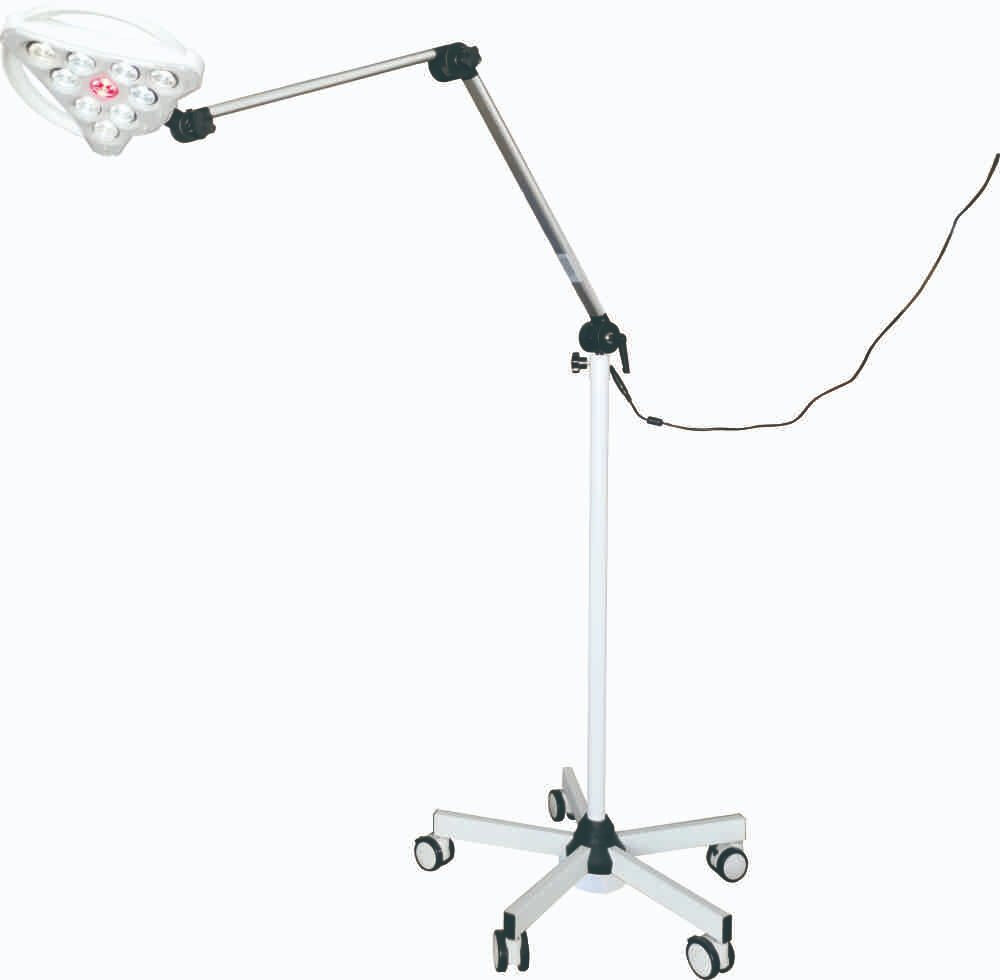
When it comes to fixing buzzing LED lights, one of the essential steps to take is to check the wiring. Electrical wiring is a vital component of any lighting system, and any issues with it can lead to buzzing or flickering lights. Ensure that the wiring is secure and connected correctly, and there are no loose connections or damaged wires. If you suspect that the wiring is faulty, it is best to call a licensed electrician to assess the problem and make any necessary repairs. In addition to checking the wiring, it is also crucial to check the overall electrical system. Overloading the system can cause buzzing or flickering lights, so it is important to ensure that the circuit breaker is not tripped and that the electrical panel is operating correctly. If the circuit breaker trips frequently, it may be a sign of overloading, which requires the services of an electrician to upgrade the electrical system to handle the load. By checking the wiring and overall electrical system, you can ensure that your LED lights are working correctly and avoid any safety hazards.
Buzzing in LED lights can be caused by a variety of factors, including incorrect wiring. When the wiring is not done correctly, it can cause the current to fluctuate, leading to a buzzing sound. This is because the LED driver, which regulates the power supply, is not receiving a steady flow of electricity. Instead, it is receiving fluctuations that can cause the LED lights to vibrate and create an audible buzzing sound. Additionally, the incorrect wiring can cause the LED lights to flicker or even fail prematurely, which can be a major inconvenience and expense. Therefore, it is crucial to ensure that the wiring is done correctly to prevent any buzzing or other issues with your LED lights.
When it comes to checking and fixing wiring issues, it’s important to take a step-by-step approach. The first step is to turn off the power to the circuit you’re working on to avoid any potential electrocution. Next, visually inspect the wiring to see if there are any obvious signs of damage or wear, such as frayed or melted wires. If you don’t see any visible damage, use a multimeter to test the continuity of the wires to make sure there are no breaks or shorts. If you do find faulty wiring, replace the damaged wires or connectors. Finally, double-check all connections and ensure they are tight and secure. Taking these steps can help you fix any wiring issues and prevent buzzing LED lights when turned on.
Replace the Dimmer Switch
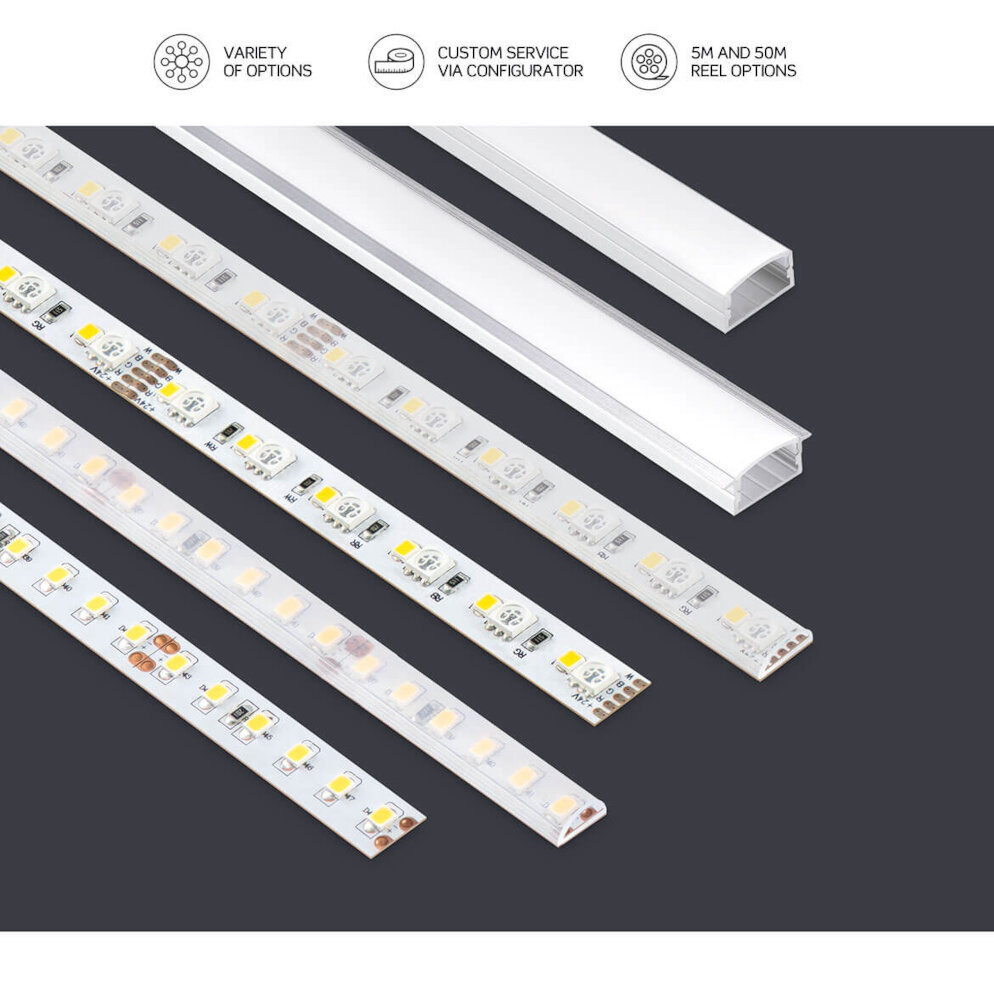
If you’re experiencing buzzing or flickering LED lights, it’s possible that your dimmer switch needs to be replaced. Dimmer switches are designed to regulate the amount of electricity flowing through your light fixtures, which can be helpful for creating ambiance or reducing energy costs. However, over time, the internal components of the switch can wear down, causing it to malfunction. This can result in buzzing or flickering lights, as well as other issues like overheating or even electrical fires. If you suspect that your dimmer switch is the cause of your LED light problems, it’s important to replace it as soon as possible to ensure the safety and functionality of your home’s electrical system. Replacing a dimmer switch can be a relatively simple task, but it’s important to take the proper precautions to avoid injury or damage to your electrical system. Before beginning the replacement process, make sure to turn off the power to the affected light fixture(s) at the breaker box. Then, remove the faceplate and mounting screws from the existing switch, and gently pull it out of the electrical box. You should see three wires connected to the switch: a black (or red) wire, a white wire, and a ground wire. Use a voltage tester to confirm that the power is off, and then disconnect the wires from the old switch. Connect the wires to the new switch according to the manufacturer’s instructions, and then mount the switch back into the electrical box. Finally, replace the faceplate and turn the power back on to test the new switch. If all is working correctly, your LED lights should now be functioning smoothly and without any buzzing or flickering.
A faulty dimmer switch can cause buzzing in LED lights due to the way it regulates the voltage. LED lights require a consistent and stable current flow to function correctly, but a dimmer switch works by reducing the amount of electricity that reaches the light bulb. This reduction in electricity causes the LED light to flicker and buzz, which can be particularly noticeable if the dimmer switch is not functioning correctly. The buzzing sound occurs because the LED light is not receiving enough power to function correctly, and the electricity is not flowing smoothly through the circuit. Therefore, it’s essential to ensure that the dimmer switch is compatible with LED lights and functioning correctly to avoid any buzzing sound.
If you’re experiencing buzzing or flickering in your LED lights, it may be time to replace the dimmer switch. To start, turn off the power to the circuit by switching off the breaker in your electrical panel. Next, remove the dimmer switch cover plate and unscrew the mounting screws that hold the switch in place. Carefully pull the switch out of the wall and disconnect the wires by unscrewing the wire connectors. Take note of which wires are connected where, and then connect them to the new dimmer switch in the same way. Mount the switch back onto the wall, screw the cover plate back on, and turn the power back on to test the new switch.
Use a Noise Filter
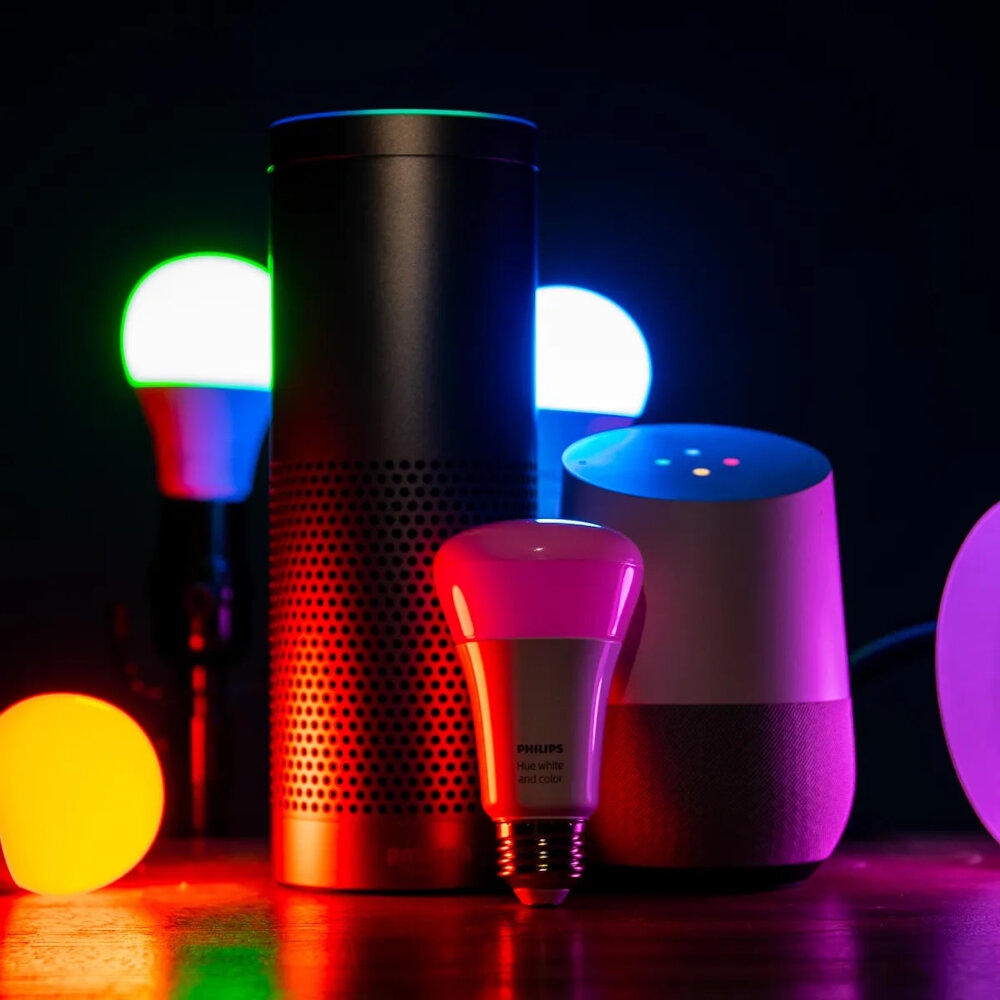
If you’re experiencing buzzing LED lights, one of the easiest solutions is to use a noise filter. A noise filter is a device that helps to suppress electrical interference and reduce unwanted noise. It works by filtering out the electrical signals that are causing the buzzing sound and reducing the overall noise level. Noise filters are affordable and easy to install, making them a great option for anyone who wants to fix their buzzing LED lights quickly and easily. There are many different types of noise filters available, so it’s important to choose the one that’s right for your specific situation. Some noise filters are designed for use with specific types of electrical equipment, while others are more general-purpose. When selecting a noise filter, be sure to consider factors such as the frequency range of the electrical interference, the voltage and amperage of your LED lights, and the overall size and shape of your electrical system. With the right noise filter in place, you can enjoy clear, noise-free LED lighting for years to come.
A noise filter, also known as an EMI filter or a power line conditioner, can significantly reduce or even eliminate buzzing in LED lights by suppressing the electromagnetic interference (EMI) that causes the buzzing. EMI is a common problem in LED lights caused by the interaction between the LED driver and the power supply, resulting in a high-frequency noise that can be heard as buzzing. A noise filter works by filtering out unwanted EMI from the power supply, so that only clean and stable power is delivered to the LED driver. This results in a reduction of the electromagnetic noise that causes the buzzing in LED lights, leading to a quieter and more pleasant lighting experience.
If you want to install a noise filter to solve buzzing LED lights, follow these step-by-step instructions. First, turn off the power to the circuit. Next, locate the junction box where the LED lights are connected. Disconnect the hot and neutral wires from the LED driver. Then, connect the noise filter’s hot and neutral wires to the LED driver. Reconnect the hot and neutral wires to the noise filter, and finally, turn the power back on to the circuit. The noise filter will help reduce the electromagnetic interference that causes the buzzing sound. Make sure to use a noise filter that is compatible with the LED lights and follow the manufacturer’s instructions carefully.
Call a Professional

If all else fails, it may be time to call in a professional to troubleshoot your buzzing LED lights. While it may be tempting to try and fix the issue yourself, especially if you have some electrical knowledge, it is important to remember that working with electricity can be dangerous if you do not know what you are doing. A professional electrician will have the experience and knowledge necessary to identify the root cause of the problem and safely make any necessary repairs. When choosing a professional to help with your buzzing LED lights, it is important to do your research and find someone who is licensed, insured, and experienced. Look for reviews and references from past customers, and make sure to ask about their experience with LED light installations and repairs specifically. A reputable electrician will be happy to answer any questions you may have and provide you with a clear understanding of what services they will provide and the associated costs. By calling in a professional, you can ensure that your buzzing LED lights are fixed safely and effectively, without risking injury or further damage to your lighting system.
It may be necessary to call a professional electrician when you experience buzzing LED lights even after trying all the troubleshooting tips. This could be an indication of a more complex and dangerous electrical issue that requires the expertise of a professional. Attempting to fix it yourself may lead to further damage or even electrocution. Additionally, if you notice any other electrical anomalies such as flickering lights, burning smell or smoke, it is crucial to call an electrician immediately. It is important to prioritize your safety and that of your household by seeking professional help.
When it comes to finding a reliable electrician to fix buzzing LED lights, there are a few tips to keep in mind. Firstly, check their credentials and make sure they are licensed and insured. This ensures that they have the necessary training and qualifications to do the job safely and effectively. Secondly, ask for references or look for reviews online to get an idea of their past work and customer satisfaction. Thirdly, get a clear and detailed quote before starting any work to avoid any surprises or hidden costs. Finally, make sure to communicate any specific concerns or issues you are experiencing with your buzzing LED lights to ensure that the electrician understands the problem and can fix it properly. By following these tips, you can find a reliable electrician who will fix your buzzing LED lights quickly and efficiently.
Buzzing in LED lights is a common problem that can be caused by several factors. One of the main causes is the use of incompatible dimmer switches, which can cause flickering and buzzing in LED lights. Another cause can be an issue with the LED driver, which is responsible for regulating the voltage and current to the LED. Poor grounding or faulty wiring can also cause buzzing in LED lights. To fix buzzing in LED lights, it is important to identify the cause of the problem first. Replacing incompatible dimmer switches, updating the LED driver, or fixing wiring issues can help eliminate buzzing in LED lights. Proper installation and regular maintenance can also prevent buzzing in LED lights.
When dealing with electrical issues like buzzing LED lights, it is always important to prioritize safety. Electrical problems can be hazardous and may cause serious injury or damage to property if not handled properly. Before attempting any troubleshooting, ensure that the power source to the affected area is turned off and that you have the necessary knowledge and skills to perform the task. Always wear appropriate safety gear like gloves and goggles to protect yourself from electrical shocks or burns. Remember, safety should always come first when dealing with electricity.
Conclusion
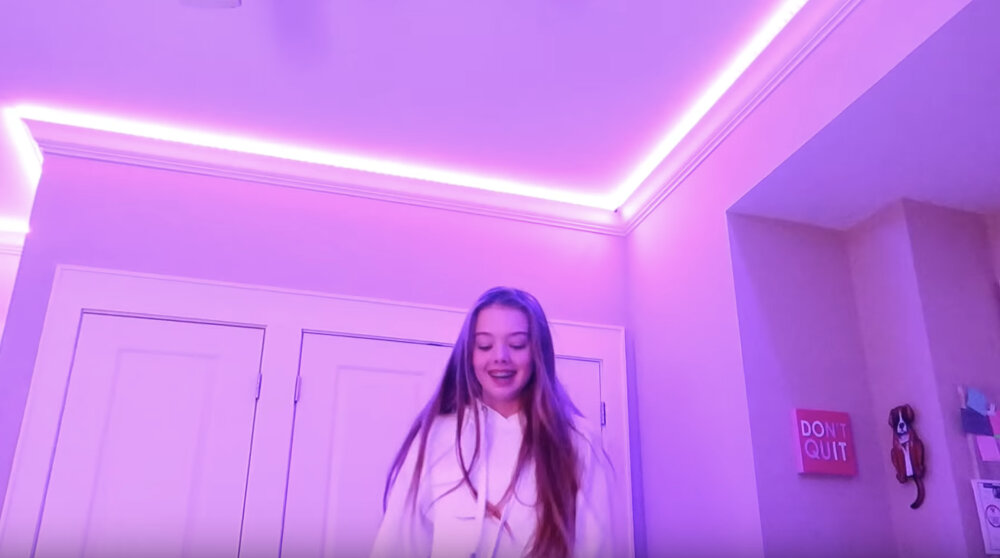
In conclusion, troubleshooting buzzing LED lights is a common problem faced by many individuals. However, with the proper knowledge and steps, it can be resolved quickly and efficiently. From checking the wiring to replacing the transformer, there are various methods to fix the buzzing sound when LED lights are turned on. Ultimately, it is crucial to prioritize safety and seek professional help if necessary. By doing so, you can ensure that your LED lights function correctly and provide the desired lighting atmosphere without any unwanted buzzing noise.

